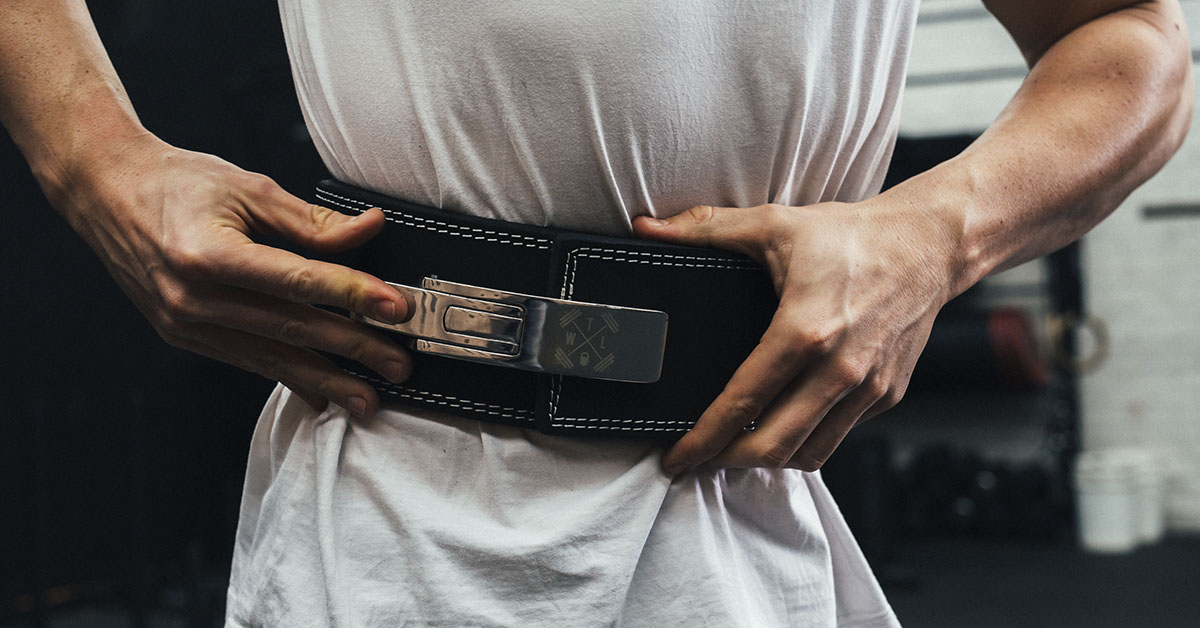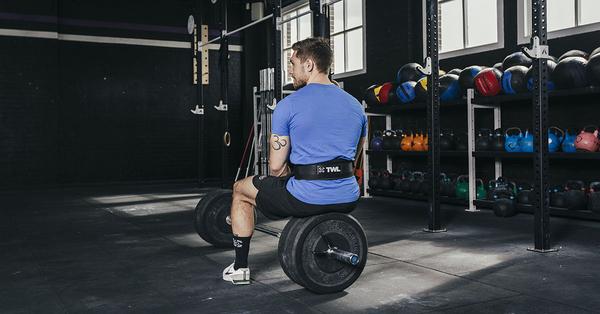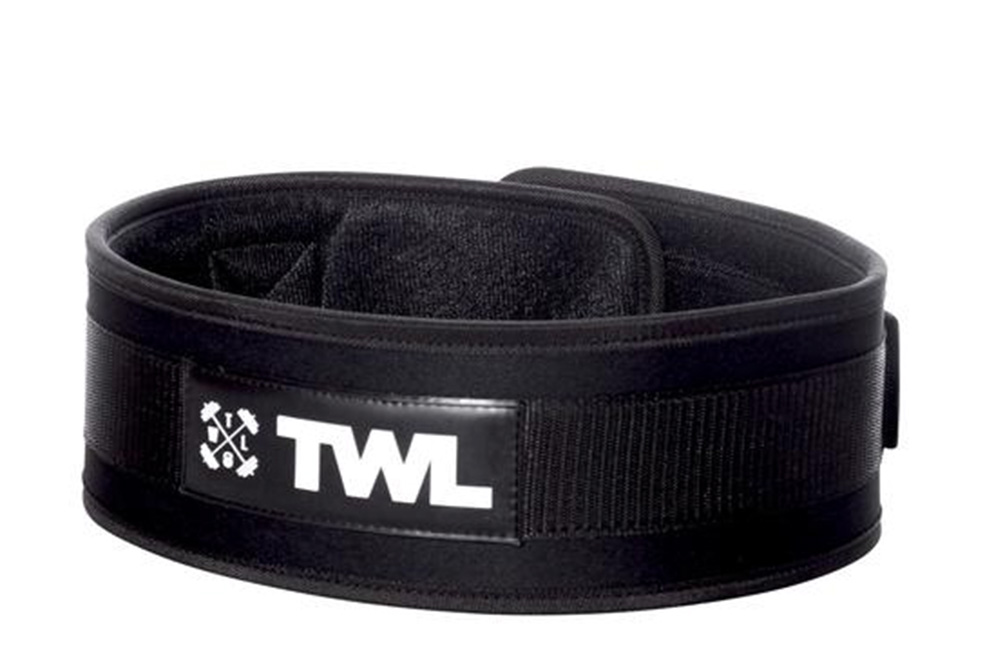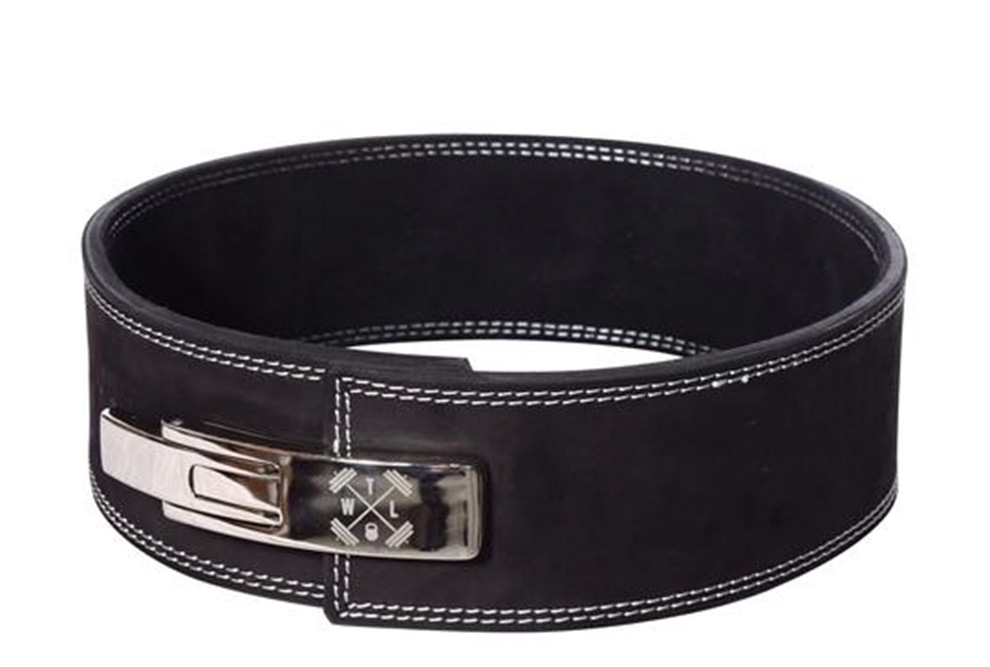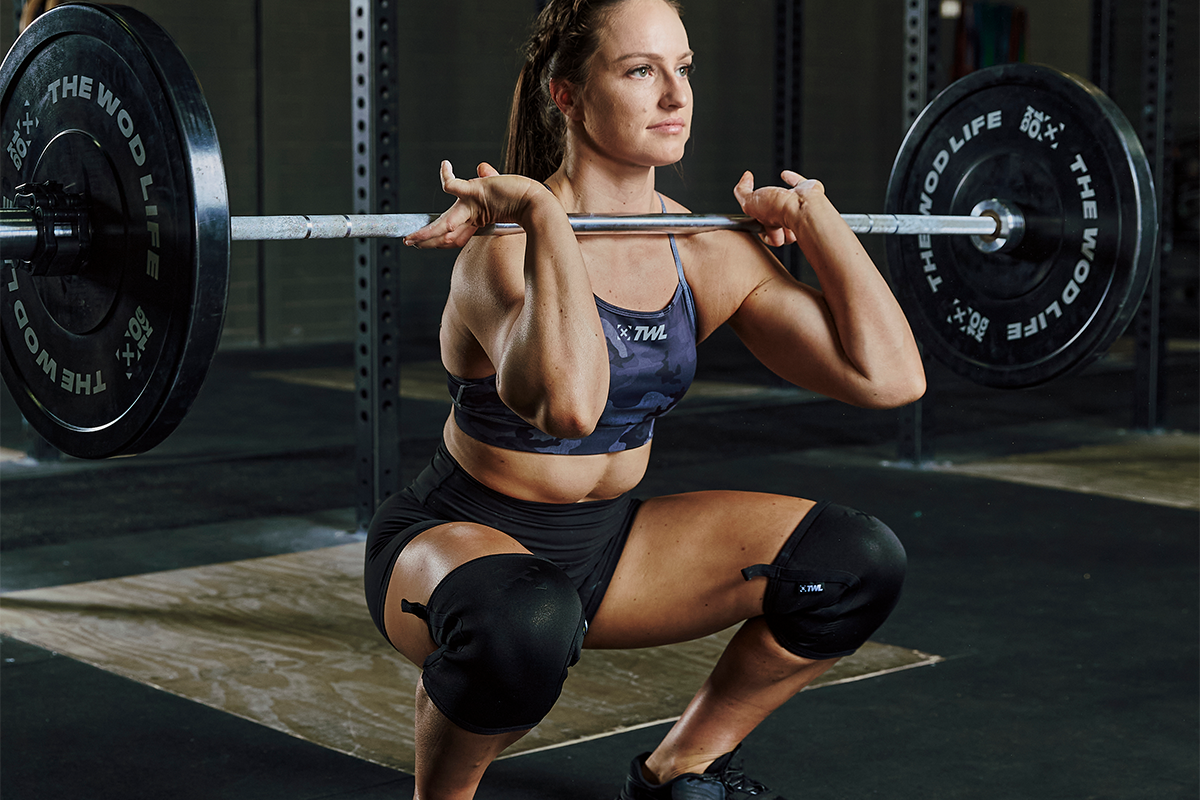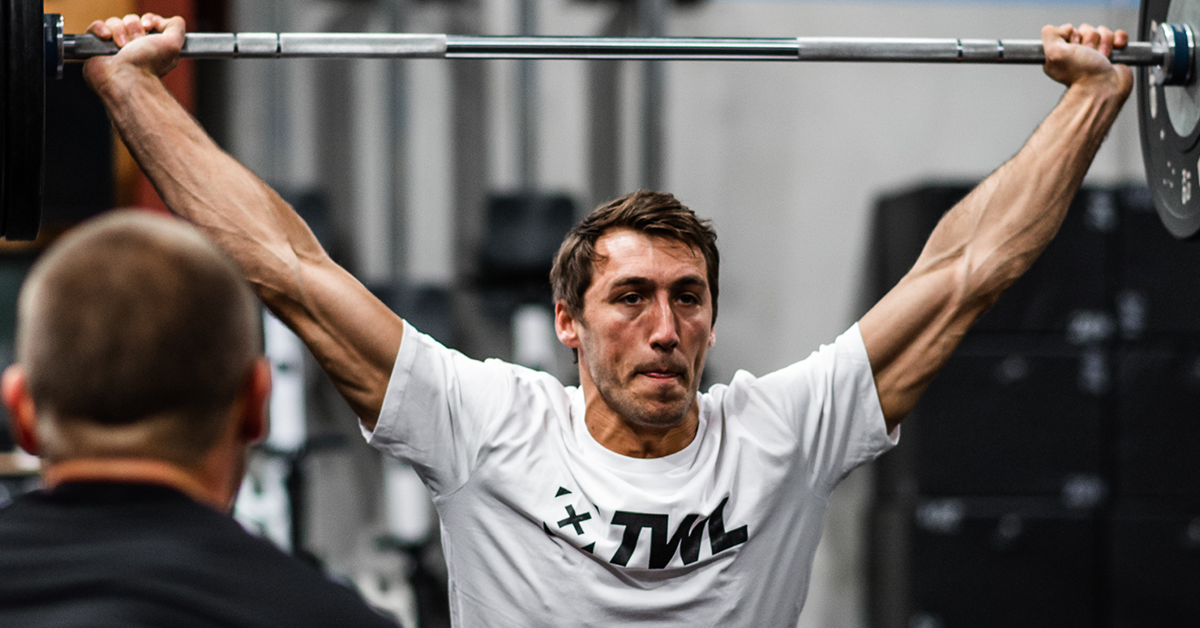You’ve probably seen people walking around the gym wearing belts. You might not understand, however, what they do, if you need one, and if so, what kind you need. Let’s explore.
What are Belts For?
Belts are used to stabilize the core in those more risky positions we put our back in. Belts almost act as a second ribcage, protecting you where there is no bone. Belts also help you because when you wear one and execute a heavy lift, you actively push your stomach against the belt. This makes your whole core more stable and engaged.
While some people are on the fence about whether or not to use belts, most coaches recommend having one on hand “just in case.”
Arguably, it’s ideal to train at weights that are reasonable and only lift what your core can support. This is the absolute truth when it comes to the first year or two of training. Eventually, though, regardless of an athlete’s level of fitness, the day comes when you realize your back is particularly fatigued or sore. Or, if you’re maxing out a lift, you want to get as much out of it as possible. That’s where a belt comes in.
As a preventive measure, most athletes, including functional fitness athletes, powerlifters, and Olympic weightlifters, use a belt to help them through the movement safely. Deadlifts and squats are the biggest culprits. We also see them on cleans, sometimes on overhead press movements, and even snatches.
How and when you intend to use a belt will determine the right model for you. If you want to use a belt for a WOD but won’t need it for all of the movements, you need a belt that’s easy to remove and fasten.
If you’re an Olympic weightlifter or powerlifter, you need something secure and sturdy that won’t budge an inch.
But let’s back up a minute. To start, belts are made of one of two materials.
Materials
Fabric
Fabric belts are light, flexible, and sturdy. They are popular starter belts because of their versatility and affordability. The material makes it more comfortable for functional movements. Fabric belts also come in a variety of shapes and sizes. Some are designed with mobility in mind, making them even more comfortable for WOD situations.
Modern fabric belts fasten almost exclusively with Velcro. The Velcro and fabric combination do not give the lifter the same rigid support as they might find with leather, but the upside is they are easier to put on and remove. We love this four-inch Velcro weightlifting belt.
Leather
Leather belts, like this TWL model, are more rigid and heavy. We have seen many last for well over 20 years in weightlifting clubs. These belts lock on and don’t move an inch once they are in place. When locked in, it takes a good amount of effort to pop it off again.
(Side note: Leather belts come in a variety of widths. They are generally narrower around the fastening area and broader at the back. As a powerlifter or functional fitness athlete, the size is irrelevant; but weightlifting has a max width allowance for belts. The broadest parts of the belt may not exceed four inches. If you think you might compete in Olympic weightlifting at any level in the future, considering going with a belt that meets the standard.)
Finally, leather belts become softer with age and eventually (though it may be years down the line) mold to fit your body.
The type of fastener is the second major factor in choosing a belt.
Fasteners
Velcro
As we mentioned, Velcro fasteners are exclusively found on fabric belts and provide an advantage when alternating between movements where you need a belt for only one.
You can get a few years out of a good Velcro belt, even if you lift heavy a few times a week. But over time, Velcro loses its strength. They gradually stop gripping as well and become less dependable at the bottom of a tough squat or as you pull through a deadlift. This can be risky if you are taking extra heavy weights on the bar.
Single and Double Prong
This is a classic belt fastener that is usually found on leather belts. The clasp is either a single prong, or for wider belts, a double prong. The appearance of two prongs seems to be more comforting for powerlifters who are moving the greatest amounts of weight and loading the spine the most.
There is little discussion over which is actually better, so it comes down to a matter of preference and opinion when choosing between a single or double prong. Prong fasteners cannot come undone on their own, which makes them very safe and reliable on those heavy days. No matter how old or worn in a leather belt is, the prong system is tried and true.
Some people find prong fasteners frustrating because of the extra effort to get the pin(s) in place and back out again. You might find yourself struggling if you are squeezed in pretty tight and breathing hard. This brings us to the latest belt technology.
Lever
The lever was developed to never have to “suck it in” when fastening a belt. These systems are exclusively found on leather belts and offered by a few companies. The lever has a big, thick pin that looks more like a hooked button. This grips the belt holes, while the lever is an arm that locks the belt into place. Unlike prong and Velcro belts, the lever system is designed to only fit the one user with a single size setting.
In trying to pick a belt, ask yourself these questions:
- What sport is this for specifically?
- What kind of workouts will I use it in?
- What are my goals?
This will help you determine the material, fastener, and specific belt that’s best for you.
To see our selection of belts, shop with The WOD Life today!

